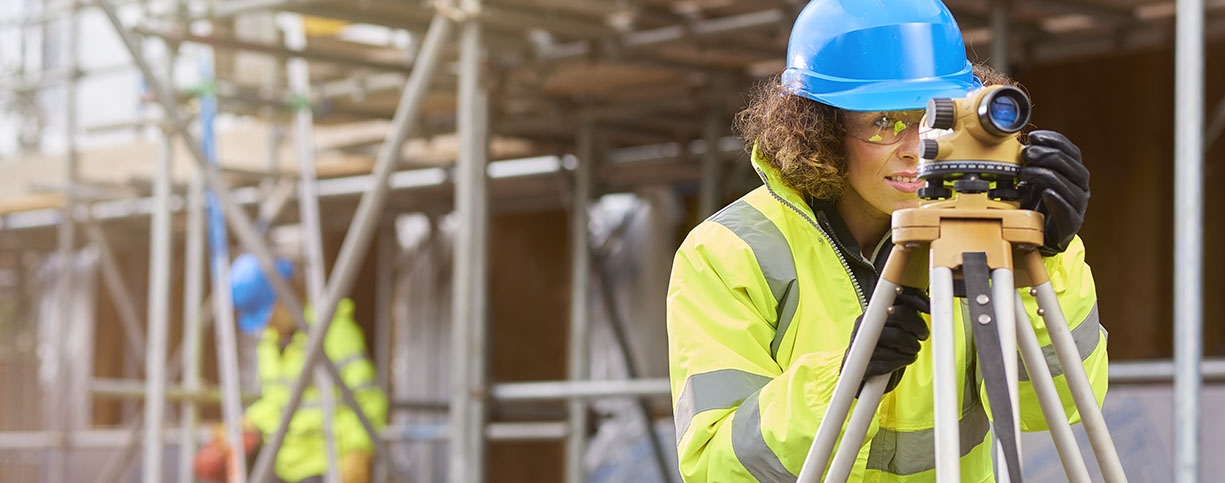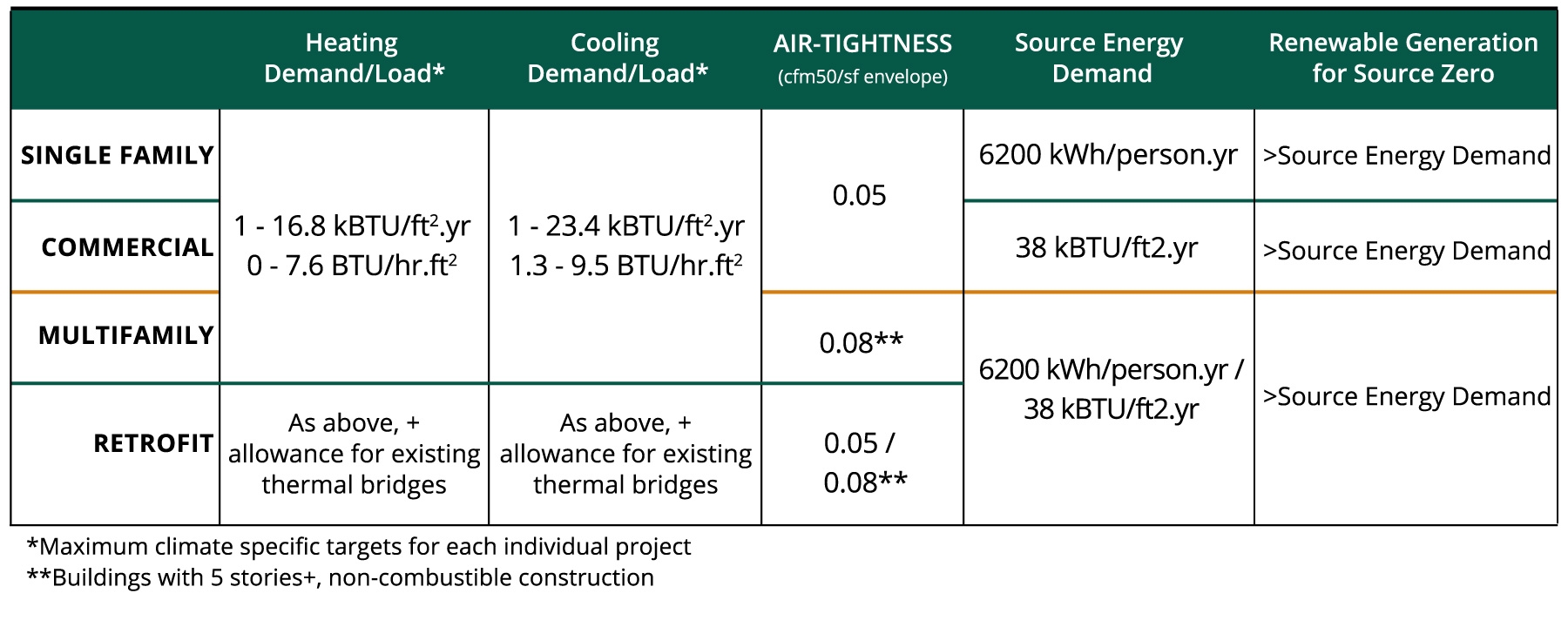PHIUS+ Standard Overview

Calibrated to move buildings to Net Zero—affordably
The PHIUS+ 2015 Passive Building Standards represent a sweet spot where aggressive carbon and energy reduction overlap with cost-effectiveness. It's all about the bottom line.
In cooperation with Building Science Corporation under a U.S. Department of Energy Grant, the PHIUS Technical Committee developed passive building standards that account for the broad range of climate conditions, market conditions, and other variables in North America's varied climatic and economic zones.
The three-year study yielded a formula that generates cost-optimized performance targets for more than 1,000 locations in North America and beyond. The resulting Passive Building Standards provide cost-effective paths to Net Zero and Net Positive buildings. Consequently, PHIUS+ certified projects also earn the U.S. DOE Zero Energy Ready status.
The highest attainable level of energy efficiency
The research has since been refined based on U.S. DOE peer review and public comment. The PHIUS Technical Committee will update the formula in three to five-year cycles to reflect changing economic, climate, and other variables. The first update is due in 2018, read PHIUS Senior Scientist Graham Wright's blog for updates.
You can earn additional recognition if your PHIUS+ design achieves any of the following performance goals:
- Supply Air Heating and Cooling Sufficient—The plan is supply-air heating and cooling sufficient per WUFI Passive, with an average design ventilation rate of no more than 0.4 ACH. Low peak-loads are the key to this recognition.
- Source Net Zero Badge—To meet the Source Net Zero Badge, the building must generate as much energy as it uses on an annual, source-energy basis. Source-energy includes the energy lost at the plant and through the transmission lines.
PV panels on the roof are much more efficient than a coal plant 300 miles away.
The Department of Energy is now promoting PHIUS+ certification as the highest attainable level of energy efficiency as part of its program suites.
PHIUS+ certification has been rising exponentially over the past five years. The affordable multifamily passive building sector is, in particular, multiplying. As of 2016, PHIUS has certified and pre-certified over a million square feet of North American projects.
Big growth from bigger buildings. The Pembina Institute says, "The number and size of certified passive projects has seen a rapid increase in North America in the last five years, and we expect this growth to accelerate." The number of buildings is on a steady rise, but the area of the buildings is shooting up faster—because bigger buildings are easier to built to PHIUS+ than smaller ones are. Source: Pembina Institute.
PHIUS+ Certification Requirements Overview
The PHIUS+ 2015 standard is a performance-based standard with some prescriptive requirements that appear mostly in the design-review phase. These requirements are essential to take care of ahead of time because the bulk of the PHIUS+ standard is a performance-based standard. There are four pass/fail criteria:
- Heating and cooling demand—The project must not require more heating/cooling than specified in the standard for your climate zone.
- Heating and cooling peak loads—This varies by climate. The project must be able to meet peak loads without oversizing equipment.
- Primary energy demand—This accounts for where the energy originates. Energy demand is multiplied by an energy factor, depending on the source and how efficiently energy is transported from the source to the building. For commercial buildings, energy demand is measured per square foot.
- Air tightness— The airtightness is determined by envelope area, not the volume of the building.
These requirements are reflected in the following table. Each project's location determines the specific energy targets.
Other requirements are performance-based
- Moisture design criteria for assemblies and details
- Quality-related prescriptive design elements
- Field quality assurance inspections
- Contractor declaration
Download the PHIUS+ 2015 Passive Building Standards
Contact us to learn more about the PHIUS+ Passive Building Standards


